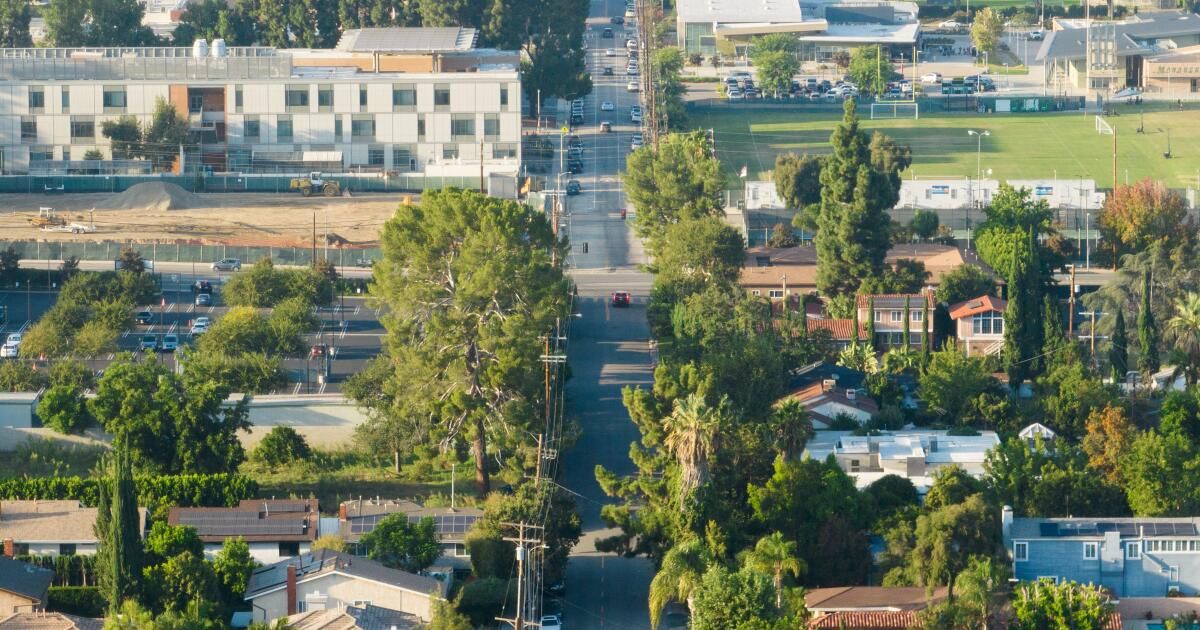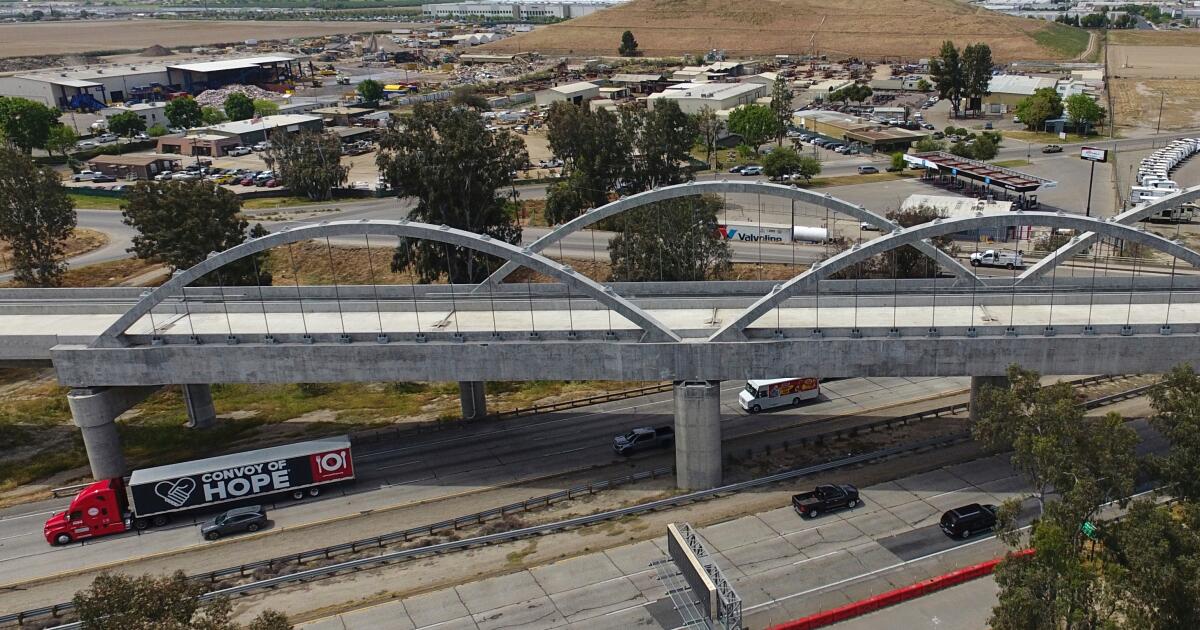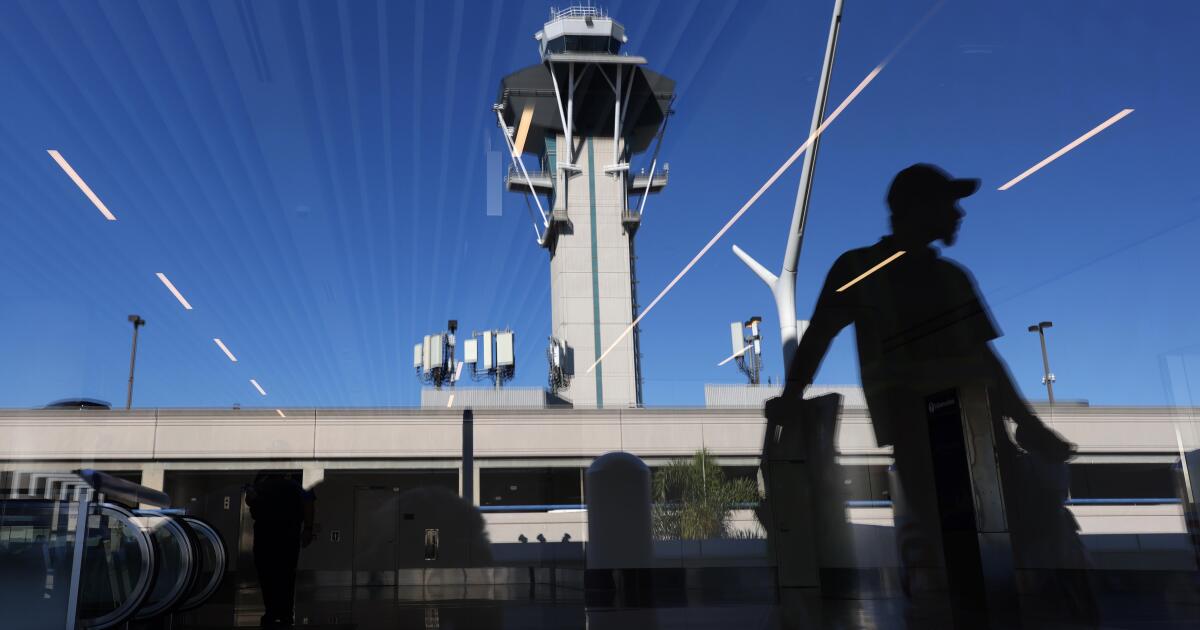Last month, YIMBY Law, a nonprofit housing advocacy group, sued the city of Los Angeles on behalf of a private developer seeking to build a 360-unit apartment building in Canoga Park. These apartments would only be for tenants who meet the federal definition of low to moderate income in Los Angeles The project was presented under the direction of Mayor Karen Bass. Executive Directive 1, aimed at dramatically speeding up the approval and permitting process for 100% affordable housing projects. But the city recently revoked the Canoga Park building's eligibility for this program after complaints from single-family homeowners.
This radical change is part of a trend. Last year, the mayor's office amended ED1 to protect single-family zones from streamlined development, after eight such applications were already submitted, including the Canoga Park proposal. Those proposals were then denied ED1 eligibility. Some of the projects have filed appeals; one the denial has been revokedbut the City Council rejected an appeal for the Canoga project.
Without ED1, these projects face a discretionary approval process that may involve lengthy environmental review and other delays that are likely to prevent them from being carried out. This turn of events may cost the city more than 1,100 affordable apartments.
Low announced ED1 such as moving “City Hall away from its traditional process-focused approach and replacing it with a new solutions-, results- and speed-focused approach.” The mayor's stated intent received a notable boost through state law AB 2334, passed in 2022, which allows incentives to developers for 100% affordable projects, including substantial increases in height limits and allowable density (the number of housing units on a plot of land of a given size). ) in “areas of very low vehicle traffic” where limited residential development has reduced traffic. The idea is that these areas can more easily accommodate any additional traffic resulting from increased housing density.
The potential cost savings of ED1 and AB 2334 encouraged private developers to produce long-term units with restricted revenues, and more importantly, without relying on public financing. If the more than 1,100 apartments now delayed thanks to the ED1 modernization were built via the standard publicly subsidized path, at a typical cost of around $600,000 per unit, could require up to $660,000,000 in public financing. Privately financed alternatives are a blessing for local, regional and state governments that have sought for years to stimulate the production of so-called “Missing intermediate” housing that is affordable for working class and middle income households.
However, this progress is now in doubt, just as the power of these complementary city and state reforms has begun to emerge. The lawsuit related to the Canoga Park building may result in one or more of the halted projects eventually being built, and the the state has suggested that the city was wrong to revoke his ED1 eligibility. But even if these projects are approved, given that ED1 now excludes the single-family neighborhoods that make up approximately three quarters of the residential land in Los AngelesThey would mark the end and not the beginning of a similar development.
Some residents of these neighborhoods say that's fair. According to Councilman Bob BlumenfieldFor homeowners affected by new apartments, “the value of their property will be cut in half and they will have a big shadow over their place.”
As it happens, I can speak personally to these concerns. I am the owner and resident of a unit in a small townhouse condominium development on the west side located directly across from an ongoing project converting a single-family home into a multi-unit apartment building.
My neighbors and family are losing a lot of sunlight throughout the day due to the new building. Our street has been a cacophonous, disorderly construction site for so long that it's hard to remember what it was like before.
But I know this is what the solution to the housing crisis looks like: A single parcel that previously housed one family is being transformed into apartments for perhaps 15 to 25 people, with units reserved for low-income households. Like those in the disputed ED1 projects, these affordable units will not require public financing.
There is simply no way to solve our housing crisis without throwing shade at some single-family residential areas. We may also have to increase traffic in some neighborhoods, albeit providing more housing in job-rich West Los Angeles. could ultimately reduce traffic by allowing people to live closer to where they work. As for property values, multiple studies have shown that low-income housing does not reduce them substantially, including in high-cost neighborhoodsAnd often increases them.
Some voters will always oppose development. Local policymakers who are serious about solving our twin crises of housing affordability and homelessness need to take a hard look at how much political capital they are willing to spend to create effective policies in the face of such objections.
If we can't build fully affordable projects that won't drain government coffers, even on the edge of land designated for single-family residences, then Angelenos should prepare for a permanent housing crisis.
But if this seems like the wrong direction for the city, Bass and the City Council should be fully committed to protecting and expanding innovative policies like the original ED1, without categorical exclusions for single-family neighborhoods, and AB 2334. Mechanisms that convince private developers to produce Long-term affordable housing offers what is as close to a free lunch in this crisis as Los Angeles is likely to get.
Jason Ward is an economist at Rand Corp. and the co-director of Rand Housing and Homeless Center.












